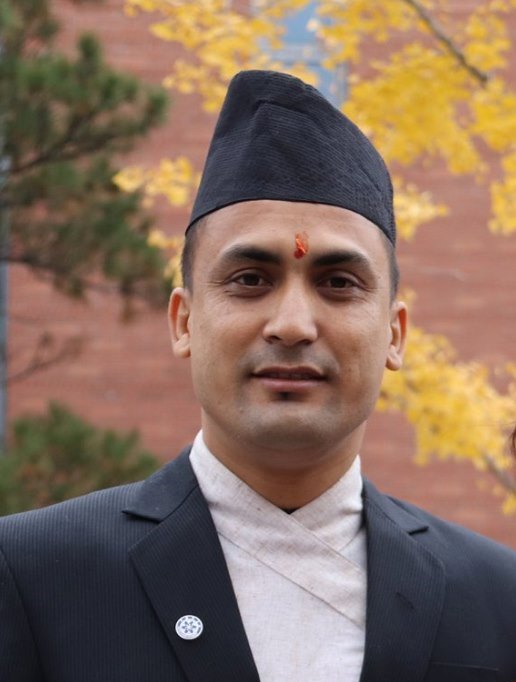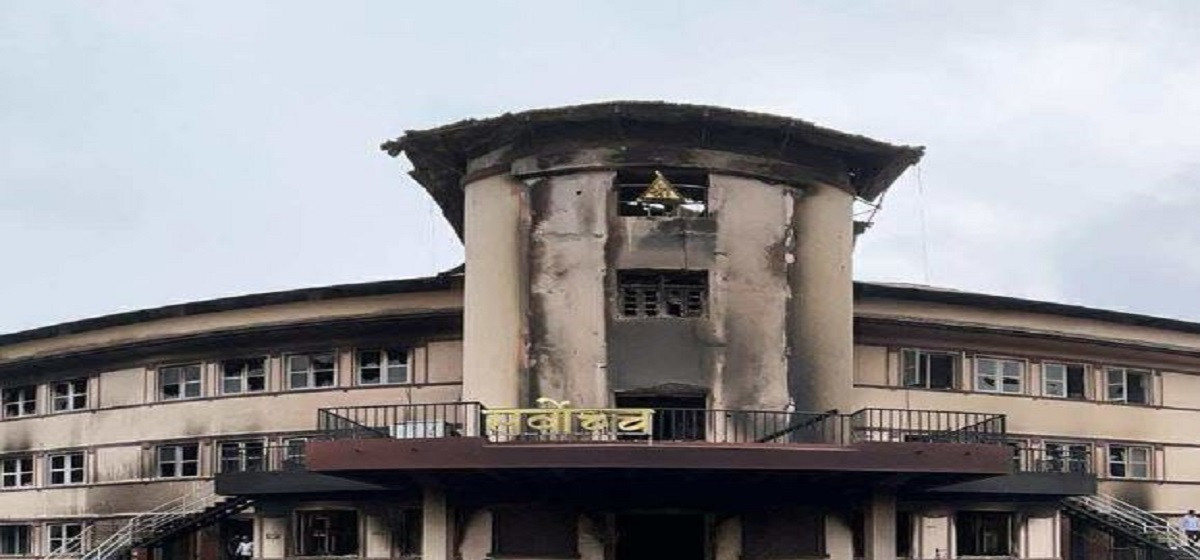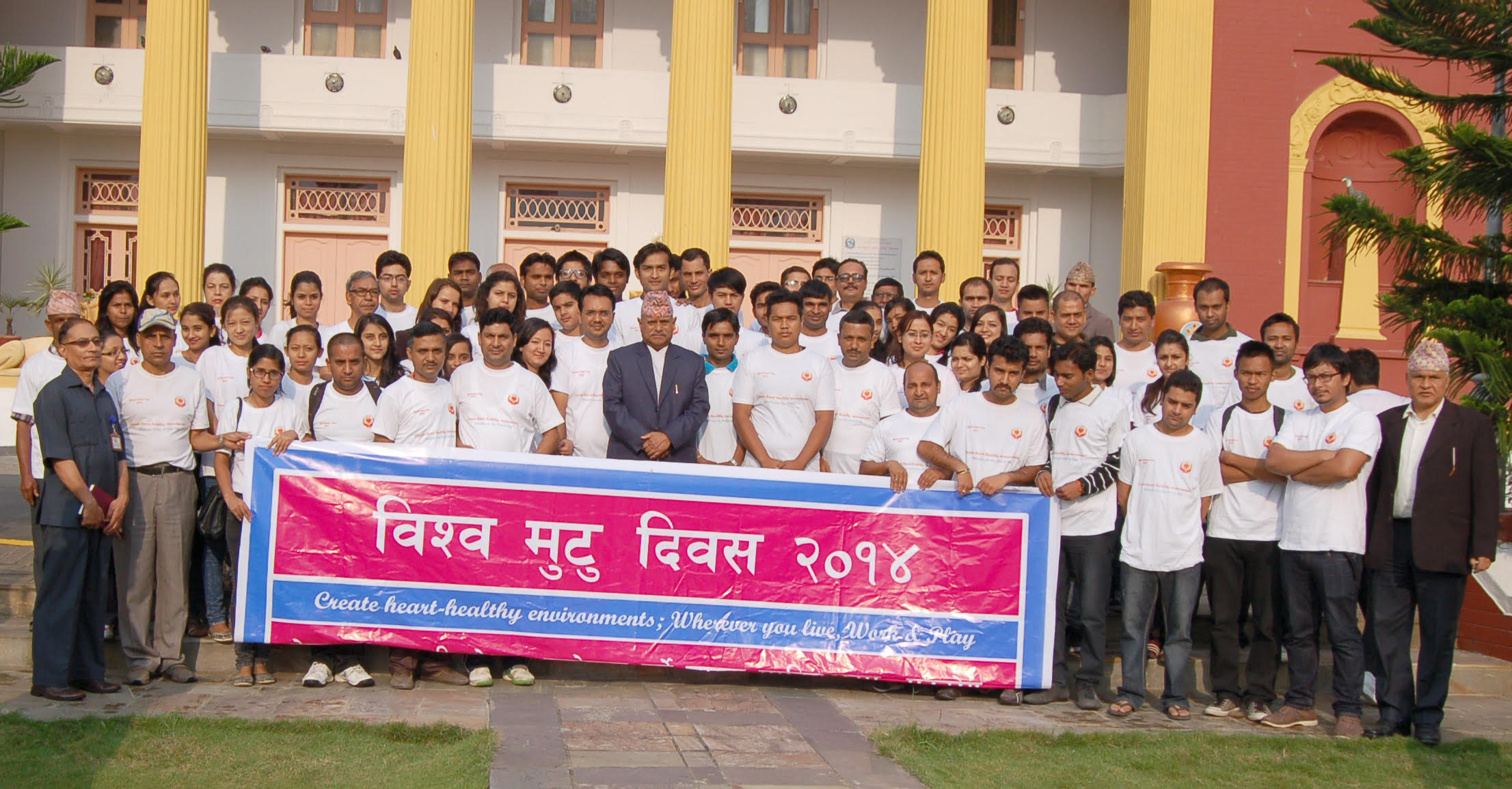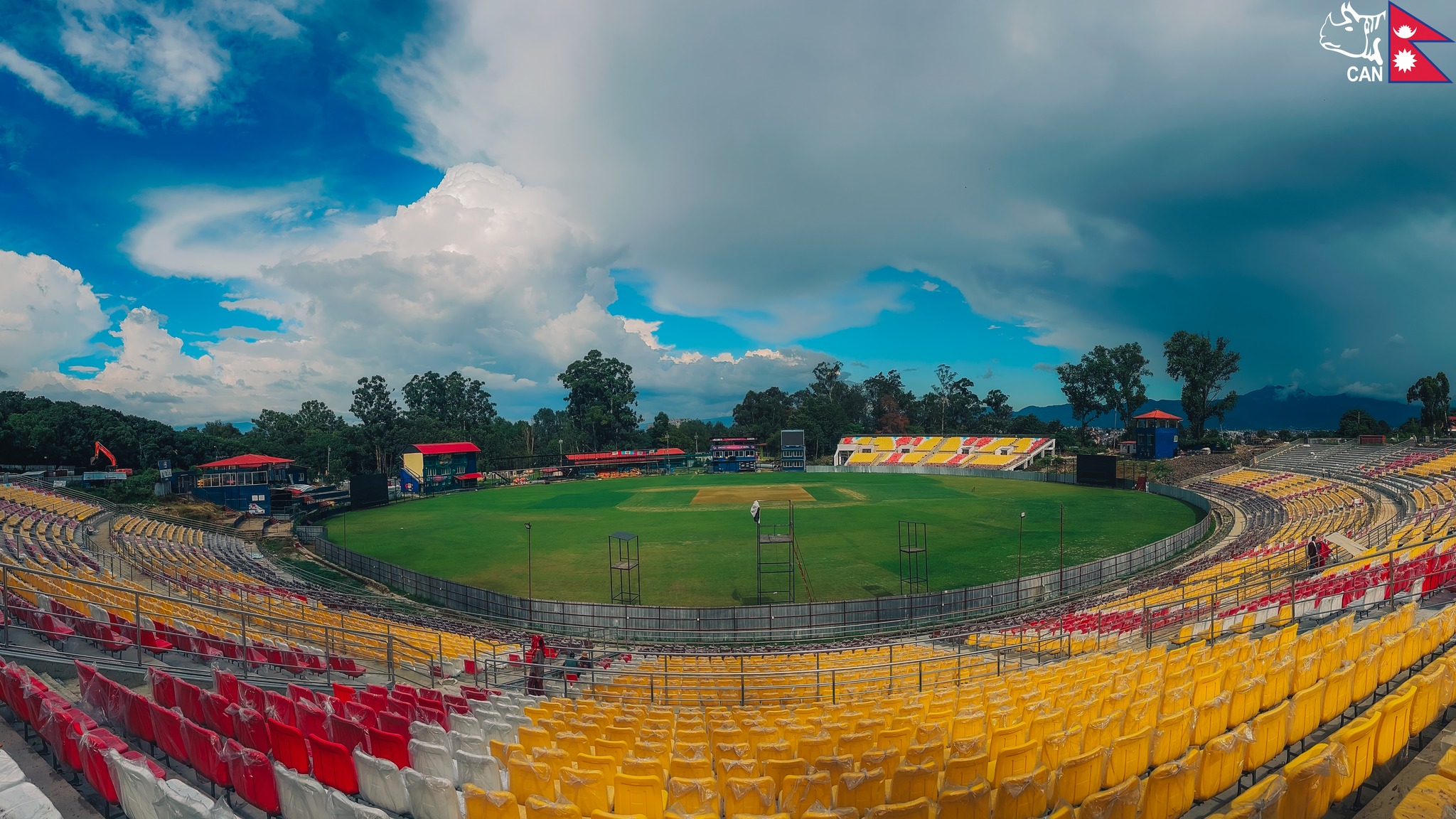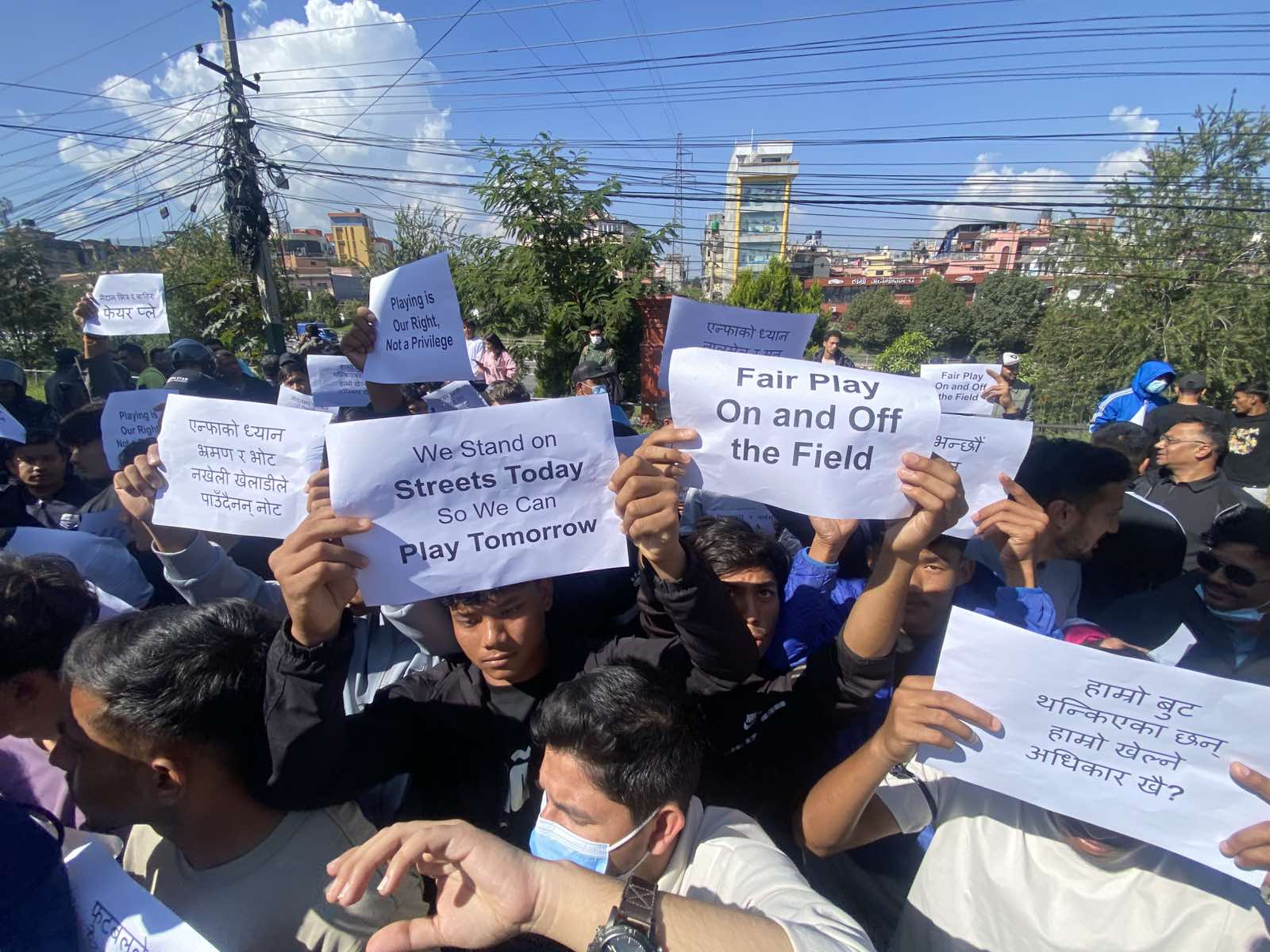If federalism fails to address the aspirations of the voters, the call for a return to a Hindu state and monarchy could be stronger in days to come
The question arises, do federal or unitary systems promote better social, political and economic outcomes? Within three broad policy areas—political development, economic development, and human development—operationalized across other governance indicators, the general public expects better outcomes from the state, whether it operates under a unitary or federal system.
Modern federalism is a political system based upon democratic rules and institutions in which the power to govern is shared between national, provincial and local governments. Many countries have adopted federalism as major characteristics of their political system. Federalism provides a way for different groups of people in different parts of the country to live together. It provides ways by which they share power over common interests, protected by a constitution. Contrary to it, there are also many countries in the world with unitary structure of state compared to federal. Many countries with unitary constitutions also lead to better governance, particularly in economic and human development. The crucial distinction is that power delegated from national to subnational bodies in a unitary polity may be retrieved. In a federal system, by contrast, regional authorities enjoy constitutional status; their power is inherent rather than delegated.
No one should dream of going against democracy: PM Deuba

With an objective to solve regional inequality and reduce economic, social, and political discrimination, Nepal transformed into a federal democratic republican state on 28 May 2008 (15th Jestha, 2065 BS). Thereafter, the Constitution of Nepal 2015 has adopted a federal structure of the government. Federal, state and local governments are considered to be backbone in supporting democracy and development as envisioned in the Constitution of Nepal. According to the preamble of the Constitution of Nepal, federalism has been introduced to ensure economic equality and social justice by eliminating geographical, cultural, regional, class, ethnic, linguistic, religious, gender and other forms of ethnic untouchability and to build inclusive democracy through proportional, inclusive and participatory methods.
However, even after a long period, federalism has not been yet stabilized to a satisfactory level and a lot of work is to be done for legal and institution building at the provincial and local levels as envisioned by the Constitution of Nepal. Still a tug of war between the federal and state governments are being witnessed related to power and revenue sharings. The provincial governments blame the federal government for having delayed making laws related to federal civil servants, police and education to delegate power to them. Should the provinces take the blame because the service could not be delivered? When the province does not have the right, naturally the people will criticize them!
Now the situation has been so grave that they are blaming each other and trying to bring strong divisions between them. The trade of barbs between federal and state governments and local governments have stalled the many developmental activities at the provincial level. The federal government seems to be under strong pressure from its central bureaucracy and national police, who are not happy with new provisions to be under the jurisdiction of the state governments. This has been one of the major causes of stark differences. The state governments have responded to the federal government moving in the wrong direction authorized by the constitution and putting states on a collision path with one another. These statements seem to be valid because, the real essence of federalism is the institutional reform in the government delivery system and government services at the doorsteps of the people by the provincial and local level institutions by taking full commands of administrative and security agencies in provinces.
Not only in the formal structures of the provincial and local level, some sort of dissatisfaction is also mounting in public and political levels by expressing their concerns and demands through public demonstrations and open discussions. And the national scenario is so grave that some political parties are against provinces and demanding it be scrapped. The demand for provinces to be named based on ethnicity, demand for the right to self determination, demand for multinational state and rising ethnic conflicts seem to be high risk factors for challenging federalism in Nepal. Delay in addressing the concerns and issues of state and local level could be a strong bone of contention not only between the federal and provincial governments but also it could challenge the constitution as well.
Federalism, itself is not a panacea and it alone cannot resolve all problems. Sometimes the different levels could have difficulties in coordinating policies with duplications and confusions, which could obstruct federal efforts to address national problems; and it could deepen economic and social disparities among states. Moreover, federalism can be expensive if a country lacks resources or resources are not utilized properly. In some countries, federalism has been the path to encourage tribalism using the widespread slogans of collectivism and social democracy to gather the support from poor and marginalized communities. This is also in practice in many countries of sub-Saharan and countries in South Asia region, where certain sects of leaders have enjoyed political power for decades, and the support and voting are done on the basis of attachment with certain ethnic or cultural groups in a newfangled recipe of ‘divide and rule’ that is still practiced in countries of a colonial mindset.
However, if successfully implemented, federalism promotes political participation, encourages economic equality across the country by providing multiple levels of government action and accommodates a diversity of opinion. All tiers of government, political parties, civil servants, security agencies and other concerned stakeholders must be serious and the federal government must lead the process of ratifying necessary laws for laying a strong foundation of federalism at the state level based on the constitution.
The problem with federalism in Nepal is that political parties hardly follow the will of the voters, as the politicians at the federal level are exclusively interested only in power sharing. The present environment of uncertainty, complexities and conflicts on federalism could be a big setback for the nation and ultimately it could shake the foundation of democracy and national unity as well. The reflections of national politics should not be replicated in the political affairs of the provinces, which have been one of the causes and concerns for weak performances and instability at the provincial level. Last but not the least, if federalism failed to address the aspirations of the voters, the voice for a return to a Hindu state and monarchy could be stronger in days to come.



